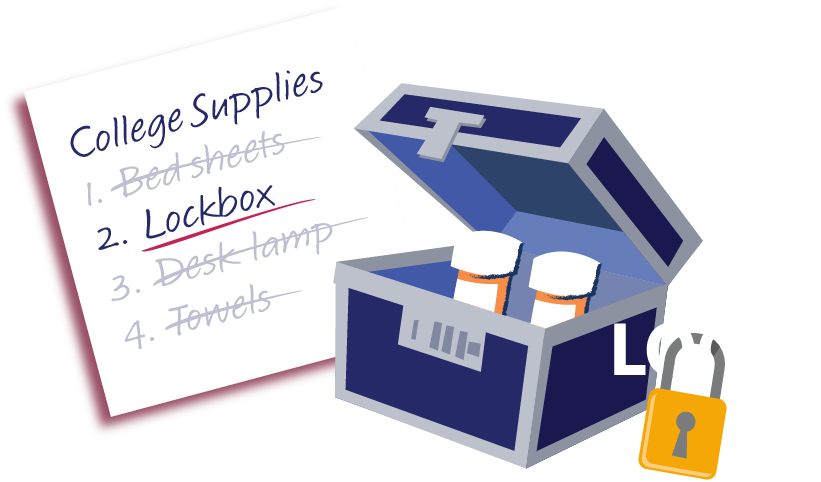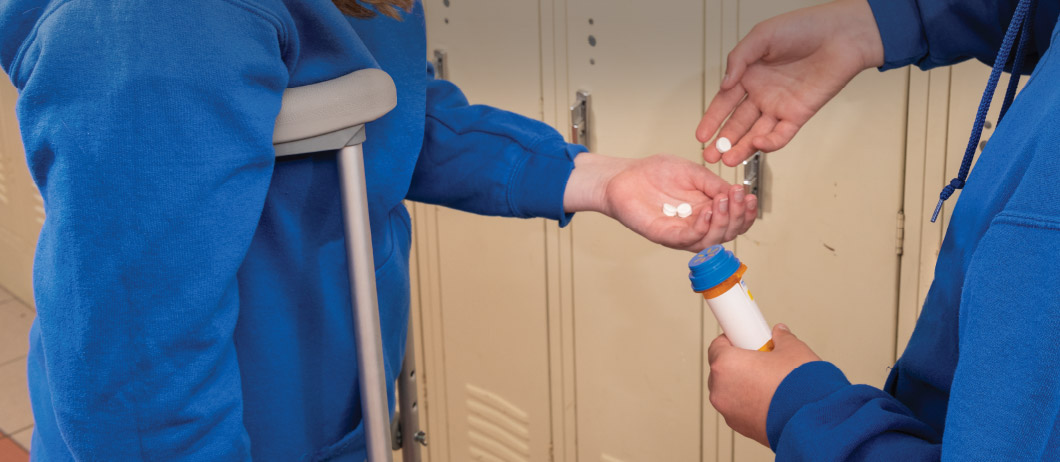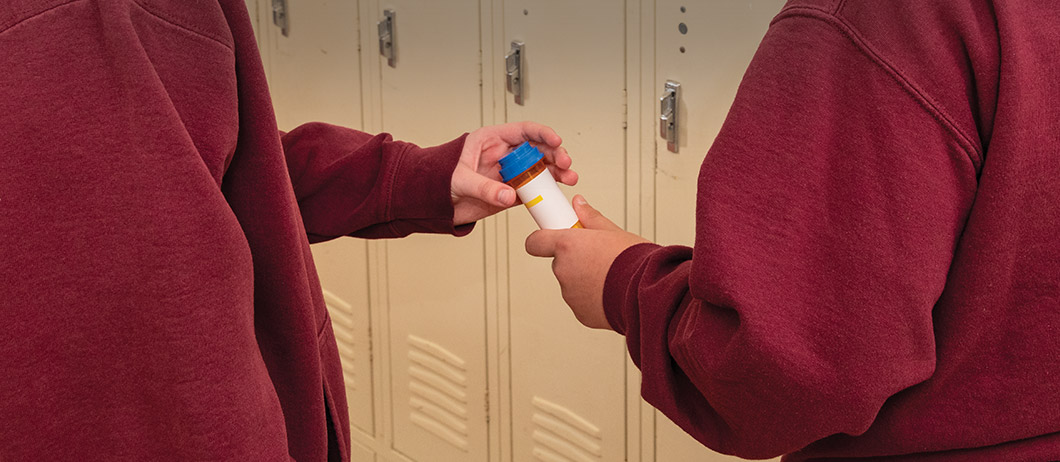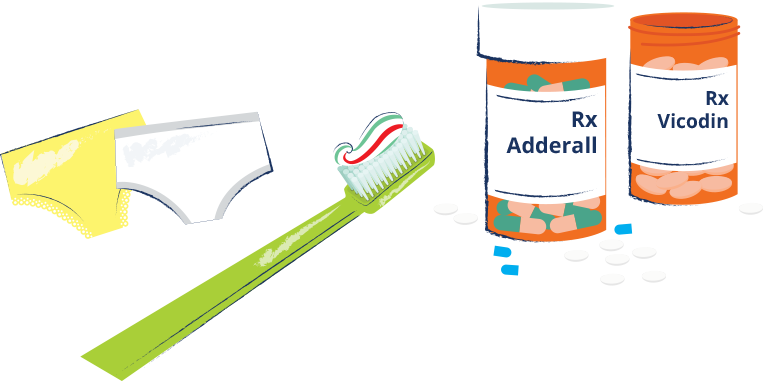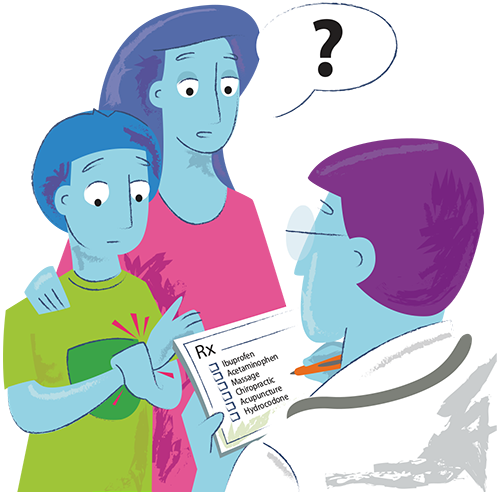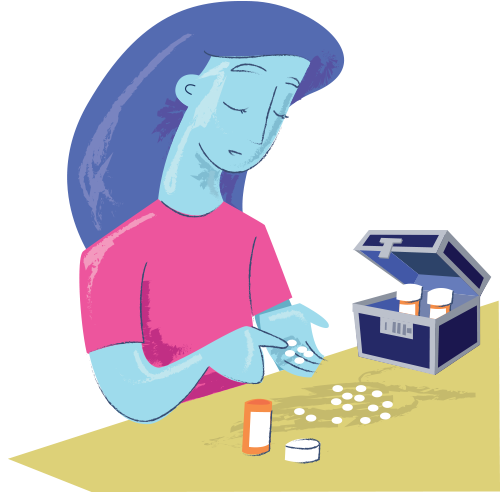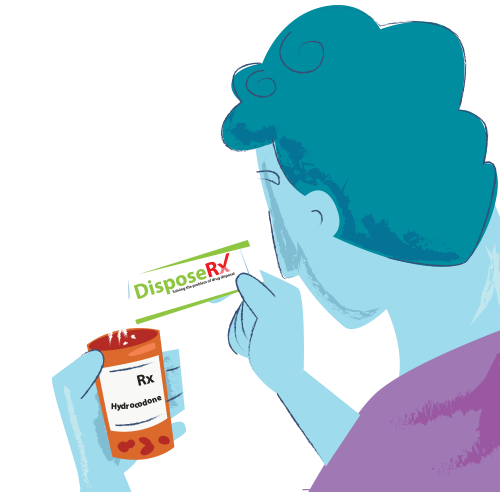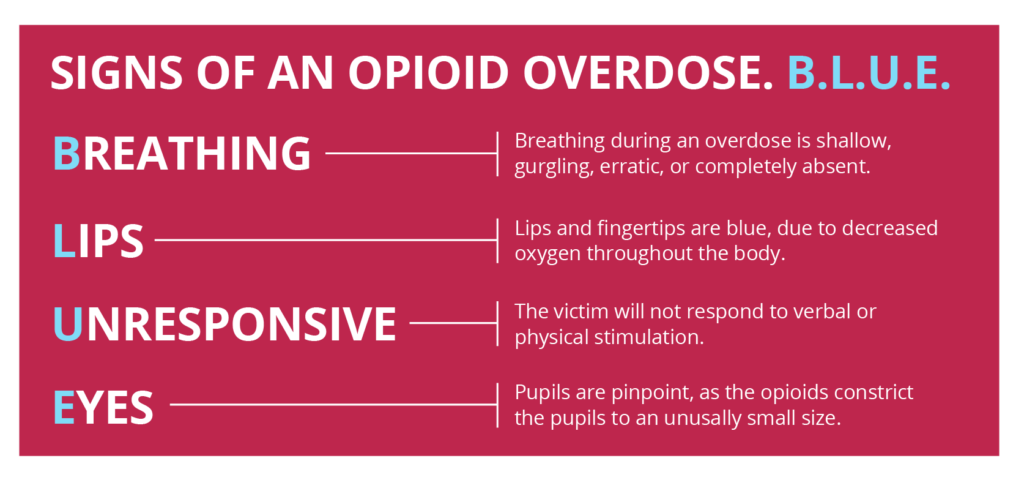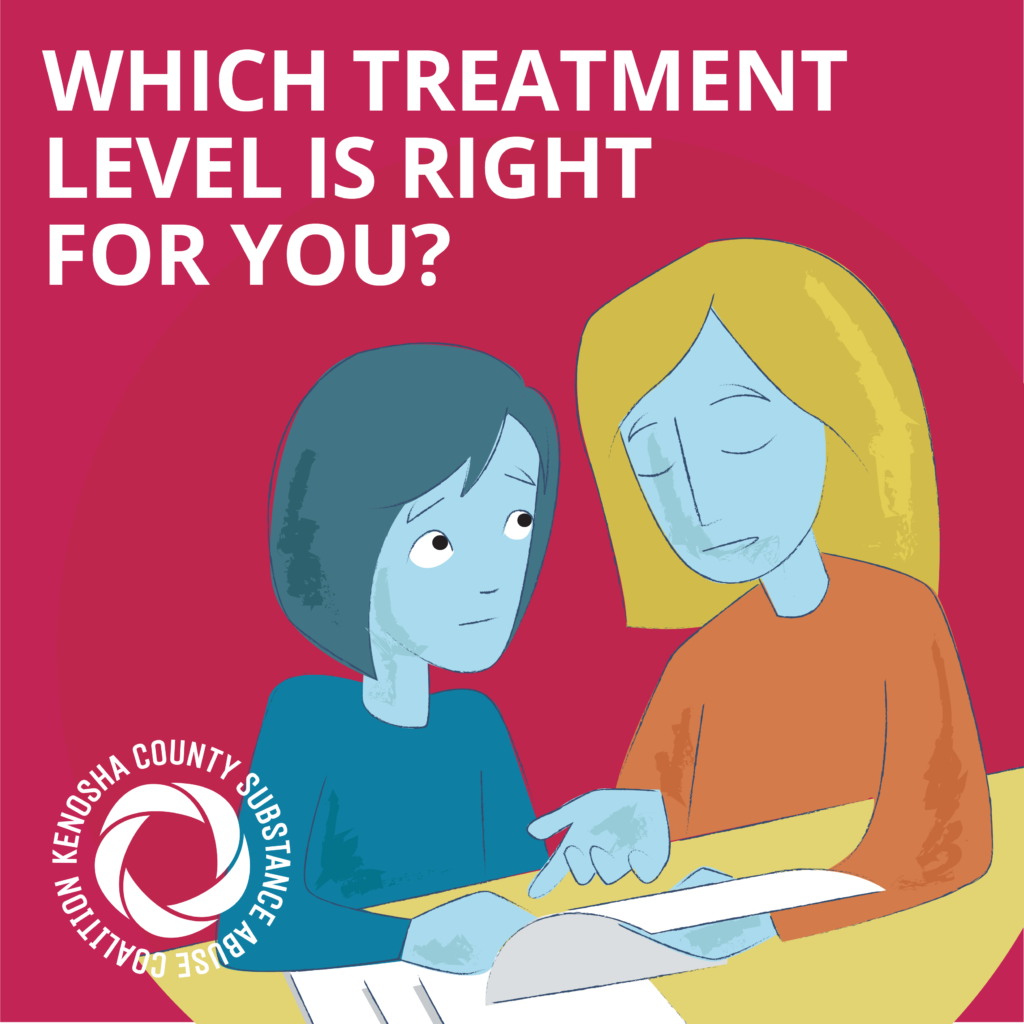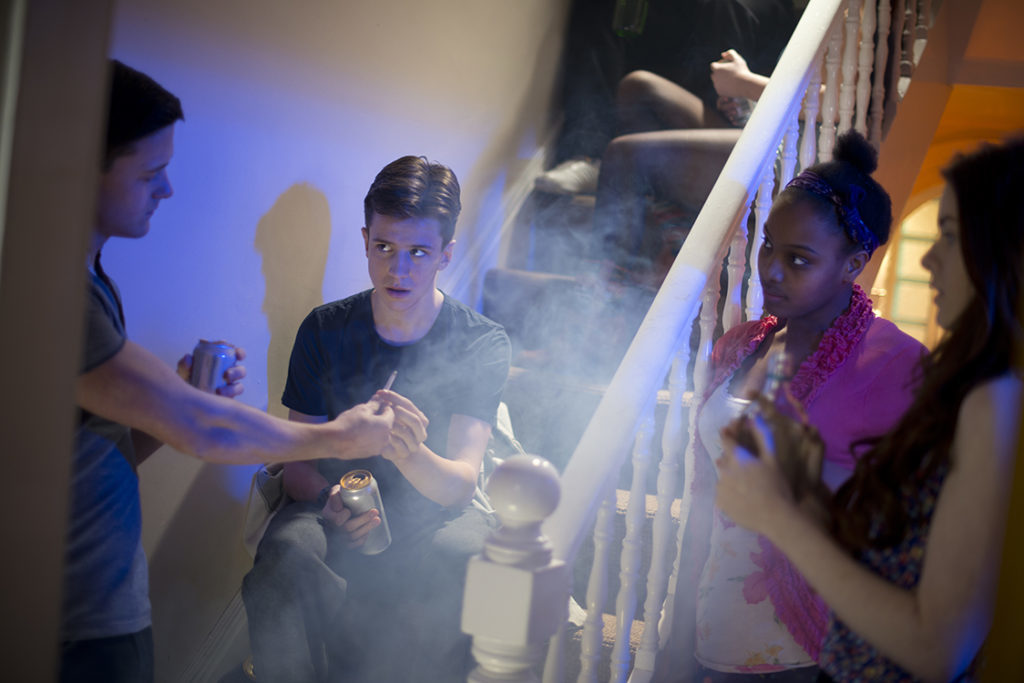Welcome to the Kenosha County Substance Abuse Coalition! Our mission is to support networking among our member organizations and individuals, encourage education about alcohol and other drug abuse prevention, explore gaps in the community, and realize solutions to improve treatment and reduce alcohol and other drug abuse in our community. Our vision is to end substance misuse and overdoses in Kenosha County.
Talk with your kids about the dangers of prescription drugs
Today is the best day to start a habit of just talking with your kids. Experts agree that simply getting into the habit of talking with your children about daily life is a great way to lay the foundation for important conversations, including drug use.

Pregnancy and Prescriptions
Don't Always Mix.
You could be taking some kind of drug, substance, or medication during pregnancy, often without realizing the potential for harm it poses your unborn child. Drugs or medication taken by the mother may cross the placenta and reach the developing fetus.
Take the Pledge to Drive Alcohol and Other Drug Free!
Make the pledge to not drive then drink! Ditch your car before the bar...or the sporting event or any place where you may drink or use other drugs! Alcohol and other drugs turn off the good-reasoning part of our brains, so make the decision first: Don't Drive Then Drink!
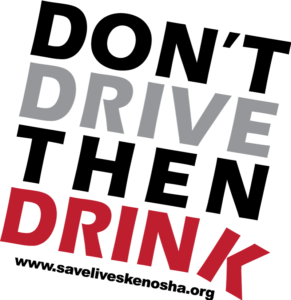
It happens more than people want to admit. A friend or family member has a prescription and offers a medication dose because it's perceived harmless and helpful. But the reality is that sharing prescription drugs is incredibly dangerous, not to mention illegal! Doctors are highly educated and trained to select the correct medication and dosage for each patient’s situation; they have examined the patient and advised them exactly how to take the medication and what things to avoid. If an adverse reaction happens to someone you gave your prescription to, you can be held legally liable for that, not to mention the guilt you’ll carry. Using someone else’s prescription drugs is never OK. Never share your prescription. Never. Ever. PERIOD.
70%
70% of drug abuse
begins at the
medicine cabinet

650K
650K opioid
prescriptions are
filled every day

4K+
4K+ people
begin abusing
opioids every day

22
22 drug overdose deaths
in Kenosha County
in 2019

Discuss
Communicating your questions and concerns with your doctor or dentist about the prescriptions you’re getting is an important habit to start to keep yourself and your family safe.
Secure
Get in these simple habits to keep your medications secure. Two-thirds of teens and young adults who report abuse get prescription medication from friends, family, and acquaintances.
Dispose
Safely disposing of your expired and unused medications is critical. This simple habit alone will significantly decrease the opportunities for abuse and accidental overdose poisoning.
Getting Help & Support
Staring substance use disorder in the eyes is one of the bravest things you’ll ever do. Whether it’s your own use or someone you care about, the members of the Kenosha County Substance Abuse Coalition have the knowledge, experience, and resources to help you navigate the twisty road to recovery.

It’s OK to ask.
Uncomfortable conversations save lives.
It's OK to ask questions and have discussions about prescription medications with your friends, your family, and even your medical care providers. If you're unsure about something, ask. If you're concerned about someone, ask. If you're looking for a way to help, ask. Our blog focuses on uncomfortable discussions and offers ideas for having them. If you've had an uncomfortable conversation that went well, or if you're anticipating an uncomfortable conversation in your near future, drop us a note in the Contact Form. We'd love to hear your story or offer you some helpful advice. We're all in this together. You are not alone!


